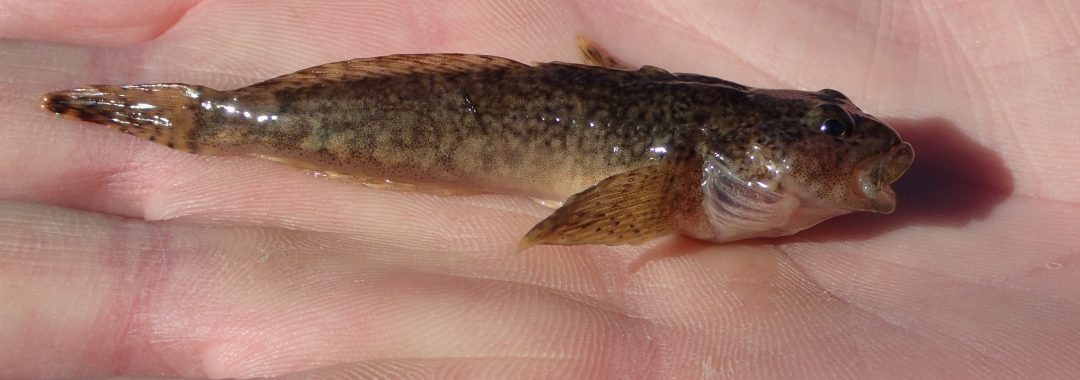Thesis Title: Characterizing adaptive morphological features and resource selection of Rocky Mountain Sculpin (Cottus sp.), a species at risk in Canada
Author: Tyana Rudolfsen
Abstract
Freshwater biodiversity is presently one of the world’s largest conservation concerns. Both direct and indirect human activities contributing to waterway modifications, climate change, and habitat alteration are causing major declines in freshwater fish species richness and abundance. While these impacts are well studied for pelagic fishes, little is known about how to best direct management efforts toward benthic, dispersal-limited fishes. The Rocky Mountain Sculpin (Cottus sp.), a benthic, sedentary, and federally listed species at risk in Canada, was used to address the following objectives: 1) to identify its susceptibility to varying flow regime, and whether or not it displays morphological adaptation to flow, and 2) to characterize hybrid zones and the driving environmental factors that lead to their persistence. Using geometric morphometrics and meristic counts of fin rays/spines and sensory pores, phenotype was compared across the four river populations in Canada. Systems with higher flow regimes generally had Rocky Mountain Sculpin that were more dorso-ventrally compressed and had meristic features better suited to positioning themselves among cobble substrate and detecting prey in fast moving water. Biogeographic isolation contributed to phenotypic variation, indicating that the Rocky Mountain Sculpin might not be able to quickly adapt to human-induced flow alterations. To achieve the second objective, hybrid zones between the westslope Rocky Mountain Sculpin population (Flathead River drainage, BC) and the Slimy Sculpin (Cottus cognatus) were studied. Using 731 genetic samples and 10 polymorphic microsatellite loci, two hybrid zones were identified more upstream than expected from previous studies. A logistic mixed-effects model revealed that habitat features relating to climate change and water quality were driving an upstream range expansion of Rocky Mountain Sculpin and movement of hybrid zones. While the Rocky Mountain Sculpin, despite their sedentary life history, appears to have more tolerance to anthropogenic habitat alterations that originally expected, their tolerance level likely has limits that can be widely detrimental to the species if tested. Further, given their high levels of phenotypic variation across populations, management efforts involving dispersal-limited species should be directed at the population level. In the event of hybrid zones, which are indicators of more localized environmental factors driving species presence, a more localized scale of management might be required.

